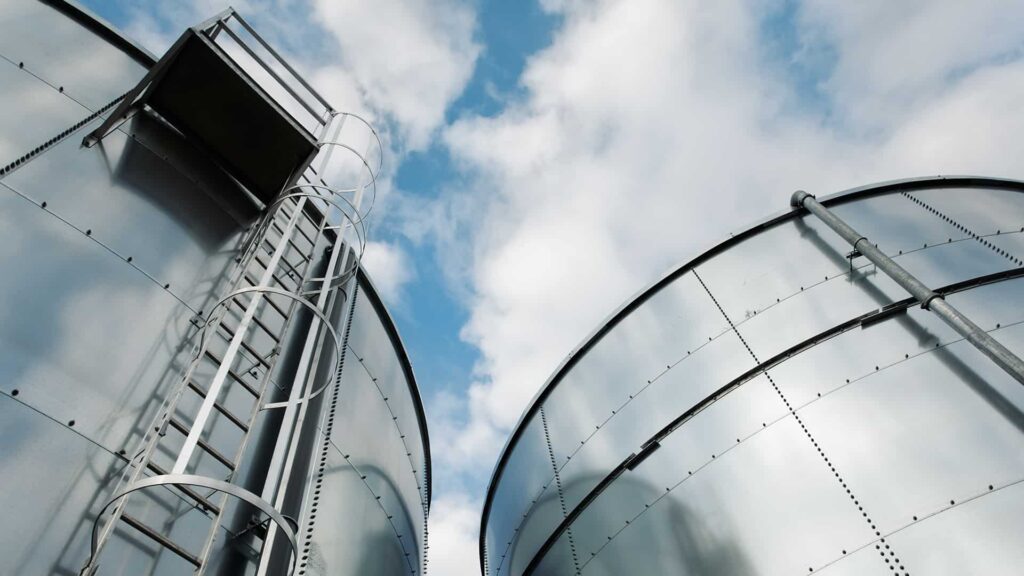Emerging Trends in Tank Inspection Services: What’s New in 2025?

Tank inspection services have come a long way from basic visual checks and manual gauges. In 2025, the industry is embracing innovation like never before, blending technology, sustainability, and efficiency to meet the demands of an evolving world. Whether you’re in the oil and gas sector, water management, or chemical storage, keeping up with these emerging trends isn’t just helpful—it’s essential for staying competitive.
Let’s dive into what’s new and exciting in tank inspection services this year.
1. Advanced Drone Technology for Tank Inspections
Drones have been a game-changer in tank inspections over the past decade, but in 2025, they’re reaching new heights—literally and figuratively. Today’s drones are equipped with AI-powered sensors, high-resolution cameras, and thermal imaging capabilities.
What makes drones so essential now?
- Safety: Drones eliminate the need for inspectors to climb tanks or enter confined spaces, reducing risks significantly.
- Speed: Inspections that used to take days can now be completed in hours.
- Precision: New AI algorithms enable drones to detect microscopic cracks, corrosion, and weak spots with pinpoint accuracy.
According to a recent report by MarketsandMarkets, the drone inspection industry is expected to grow by 30% annually through 2030, largely driven by their adoption in tank inspections.
2. Real-Time Monitoring with IoT Sensors
The Internet of Things (IoT) is no longer a buzzword—it’s a necessity. IoT sensors are transforming tank inspections by offering real-time monitoring of tank conditions. From pressure and temperature to corrosion and sediment levels, these sensors provide a continuous stream of data.
The benefits?
- Early detection of potential issues, preventing costly downtime.
- Compliance with stricter regulations by maintaining consistent records.
- Integration with cloud platforms for seamless access to data anytime, anywhere.
In 2025, expect to see more tank inspection company deploying IoT-based systems, especially in industries like chemical storage and water management, where precision is critical.
3. AI and Machine Learning in Data Analysis
The real challenge in tank inspections isn’t just gathering data—it’s interpreting it. That’s where AI and machine learning come in. These technologies examine enormous datasets to identify trends, foresee failures, and recommend hands-on measures.
For example:
- AI can compare current tank conditions with historical data to estimate the remaining lifespan of a tank.
- Machine learning algorithms can assess corrosion trends to suggest maintenance schedules, saving time and money.
According to Deloitte, AI-driven predictive maintenance can reduce inspection costs by up to 20% and extend the life of equipment by 15%.
4. Sustainability Takes Center Stage
Sustainability isn’t just a corporate buzzword anymore—it’s a mandate. In 2025, tank inspection services are aligning with global sustainability goals by adopting eco-friendly practices.
Here’s what’s changing:
- Non-Destructive Testing (NDT): Methods like ultrasonic testing and magnetic particle testing are becoming more common, minimizing waste.
- Reduced Downtime: Faster inspections mean less disruption and lower energy consumption.
- Green Certifications: Inspection companies are offering certifications that align with sustainable practices, boosting client credibility.
For industries under scrutiny for their environmental impact, like oil and gas, these changes are both timely and necessary.
5. Virtual Reality (VR) and Augmented Reality (AR) for Training
Training the next generation of tank inspectors is critical, and VR/AR is stepping in to make it more effective. These tools create immersive simulations where inspectors can practice identifying defects or conducting repairs without real-world risks.
Why this matters:
- It reduces training costs by up to 50%, according to PwC.
- New inspectors can gain hands-on experience faster.
- Complex scenarios, such as emergency repairs, can be simulated safely.
AR is also being used on-site, allowing inspectors to overlay schematics or past inspection data directly onto a tank for real-time analysis.
6. Enhanced Compliance and Reporting Tools
With stricter regulations emerging globally, staying compliant is more challenging than ever. In 2025, advanced reporting tools are simplifying this process.
Key features include:
- Automated report generation using AI-powered software.
- Digital checklists that ensure no step is missed during inspections.
- Blockchain technology for tamper-proof records, essential for industries like pharmaceuticals and food storage.
For companies facing heavy penalties for non-compliance, these tools are a lifesaver.
7. Collaboration Between Humans and Robots
While robots aren’t replacing human inspectors entirely, they’re becoming invaluable collaborators. In 2025, robotic crawlers are more advanced, capable of navigating confined spaces and underwater tanks with ease.
These robots work alongside human inspectors, performing:
- Ultrasonic testing.
- Laser scanning for precise measurements.
- Vacuum inspections for detecting leaks.
This synergy between human expertise and robotic precision ensures that no defect goes unnoticed.
What Does This Mean for You?
If you’re a business owner or operations manager relying on tanks, these trends are more than just cool innovations—they’re tools that can boost your bottom line. Here’s how:
- Reduced Costs: Preventive measures save on repairs and downtime.
- Improved Safety: Minimizing human involvement in risky inspections lowers liability.
- Sustainability Goals: Aligning with eco-friendly practices strengthens your brand.
Final Thoughts
2025 is shaping up to be a pivotal year for tank inspection services. With technology like AI, IoT, and drones leading the charge, inspections are becoming faster, safer, and more accurate than ever. At the same time, a focus on sustainability and compliance ensures that these advancements are not just futuristic but also responsible.
The question isn’t whether you should adopt these trends—it’s how quickly you can. After all, staying ahead in this industry isn’t just about maintaining your tanks—it’s about maintaining your edge.
So, what are you waiting for? Dive into these innovations, and let your tank inspections set the gold standard in efficiency and reliability!








